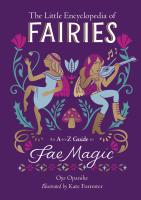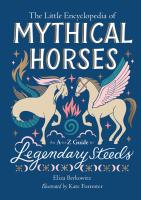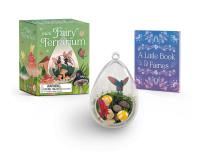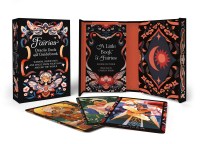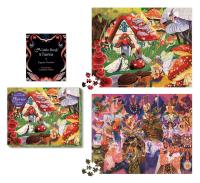Introducing The Little Encyclopedias of Mythological Creatures
We’re welcoming a brand-new series to our offerings! Each Little Encyclopedia of Mythological Creatures is giftable and packs the diverse heritage of folklore and magic from across the world into a small, take-with-you package. Our first two books dive into the rich histories of fairies and mythical horses across cultures and eras. You’ll be delighted by familiar and beloved creatures plus new-to-you favorites! Take a sneak peek with four select entries from each.
Fae Magic
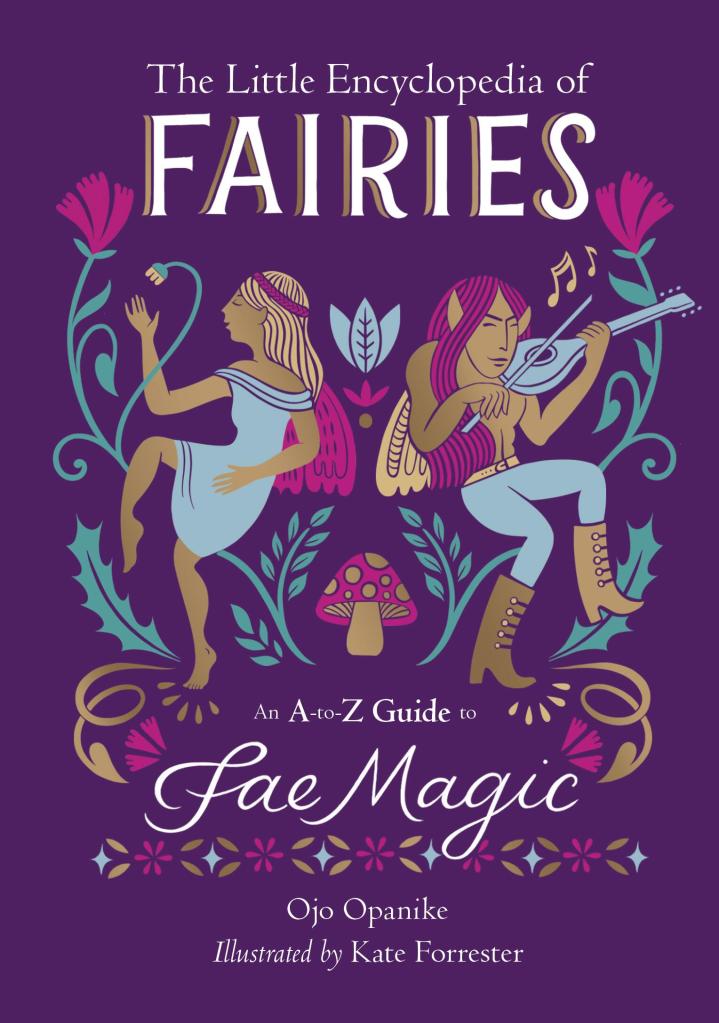
From the mountains of Northern Italy to the remote forests of Nigeria, diverse fairies from around the world come together in The Little Encyclopedia of Fairies: An A-to-Z Guide to Fae Magic by Ojo Opanike, illustrated by Kate Forrester. Let’s take a look at the South African Abatwa, the Arabian Djinn, the Romani Ursitory, and the Japanese Yōsei with abridged excerpts of their entries.
For even more inspiration from the world of fairies, add our Fairies suite, including the Fairies Oracle Deck and Guidebook: Wisdom, Inspiration, and Magic from Folktales Around the World, Fairies 2-in-1 Double-Sided 500-Piece Puzzle, and Mini Fairy Terrarium, to your collection!
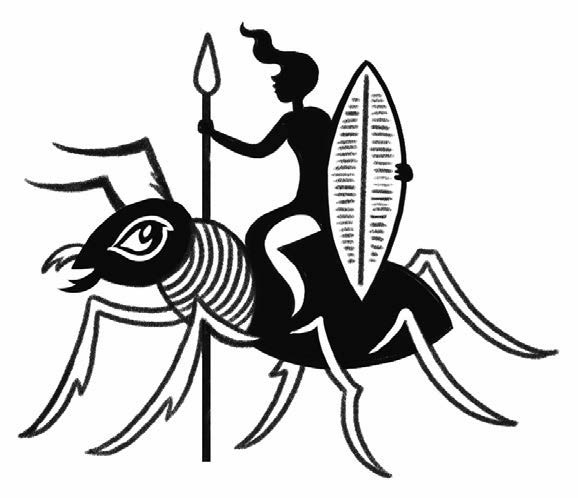
Abatwa
Not to be confused with the real-life, short-statured African tribe known as the Batwa, the mythological Abatwa is the collective name of a group of tiny and elusive hunters in the Zulu territories, home to the largest ethnic group in South Africa. Most of what was recorded initially about the Abatwa from English texts was from the ethnographic records in Henry Callaway’s 1868 monograph Nursery Tales, Traditions, and Histories of the Zulus. According to this text, the Abatwa are nomadic and prefer privacy. They prey on large animals, which they kill with poisoned arrows. They waste nothing, leaving no leftovers after consuming their kill. The Abatwa utilize ants to search for hunting grounds and stand on the ant’s back, forming a line from head to toe. If they don’t find food, they are known to eat the very ants they ride on.
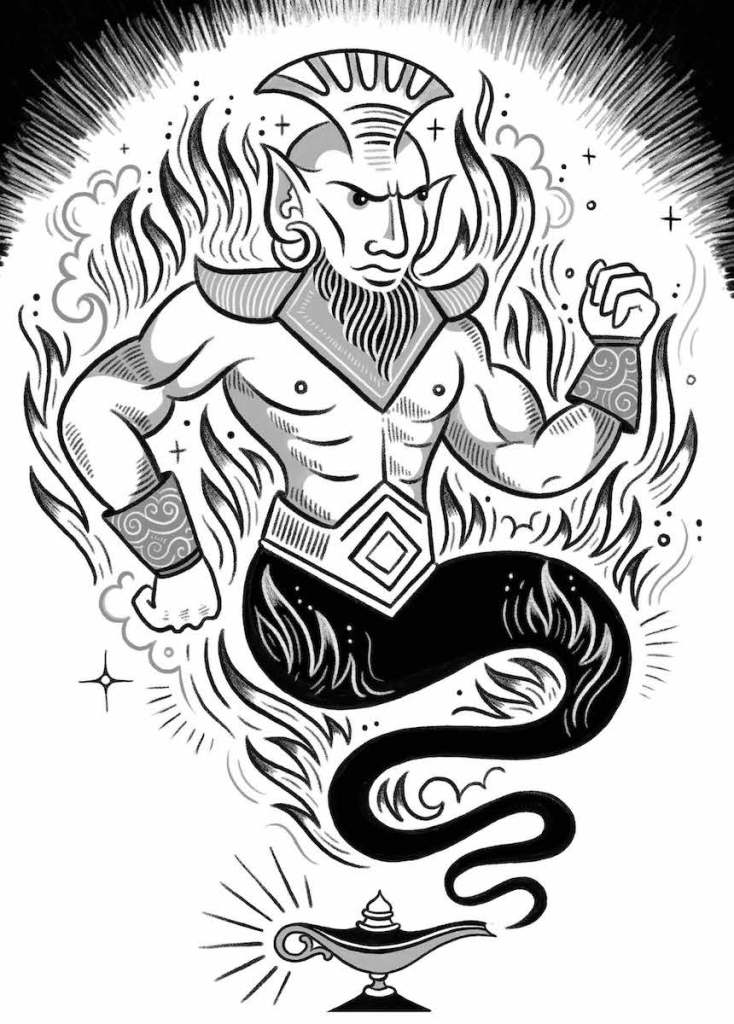
Djinn
A djinn (also known as djinni, al-jinn, or jinn) is a shape-shifting spirit from pre-Islamic Arabia. They are amorphous in shape and character and are masters of the elements of nature, with capacities such as making barren land fertile. They have been known to inspire poets by speaking to them, and poets who have experienced this are identified as sha‘ir. Because they are mentioned in the Qur’an, djinns have also been a part of the Islamic religion. They are largely invisible but have been known to possess the body of people who must be exorcised to be free of the djinn. Despite this, it is well established that they are difficult to understand and are considered neither good nor evil. They can help, and they can hurt; djinns can also fall in love with humans, eat, drink, sleep, and die like humans. Unlike people, however, they live for thousands of years.
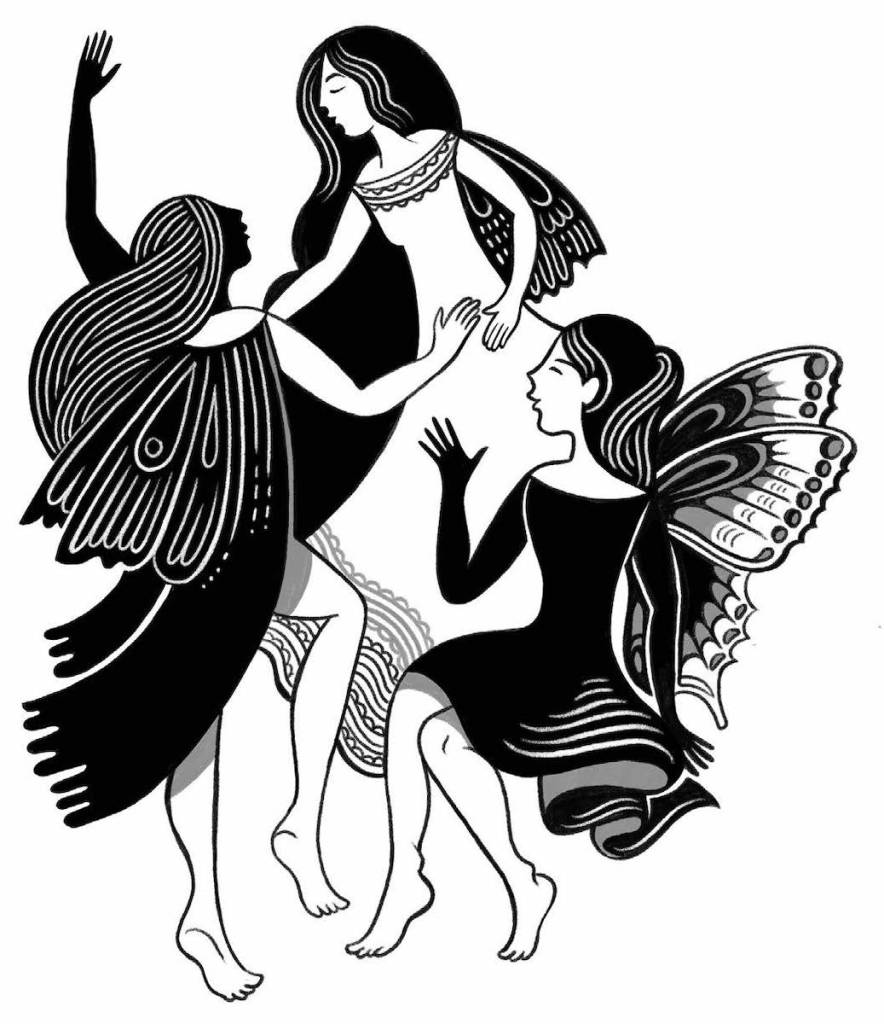
Ursitory
The myth of the three female beings who ascribe fate to men are known in many cultures around the world. In Balkan and Romani folklore, these are the Ursitory, a group of three female fairies. Two of them are regarded as good spirits and one is known to try to hurt people. According to the myths about them, they arrive on the third night after the birth of a baby to foretell the baby’s fate. Only the baby can see them, but the mother and midwife can hear their words. The Ursitory became well-known after the 1946 titular novel by Matéo Maximoff, a French writer of Romani origins. The Ursitory are still a part of Romani folklore, as they have been for centuries.
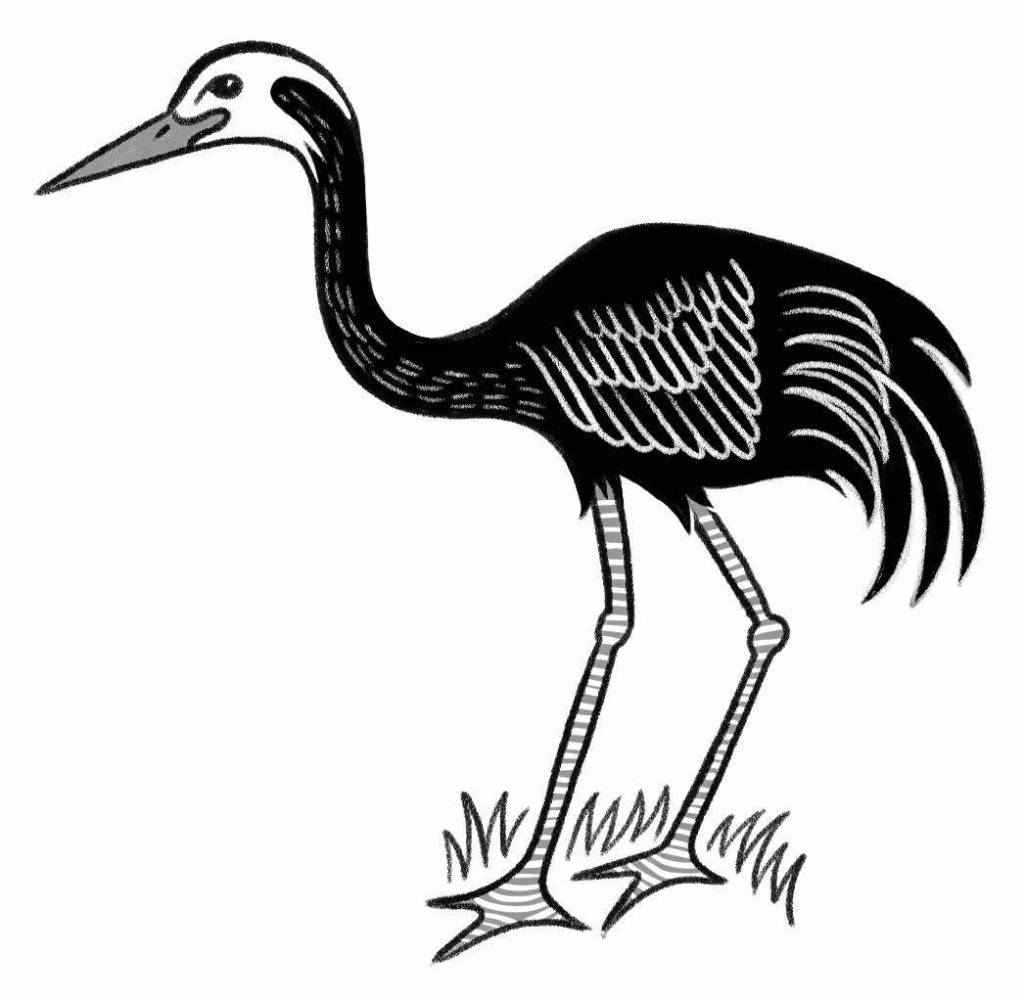
Yōsei
The Yōsei are creatures of Japanese mythology who are said to attract ghosts. A yōsei is innocent, playful, and a little intelligent. They can learn to speak human languages and some are even said to have mastered sign language. Humans can only see them as birds, and they typically take the form of cranes and swans.
Legendary Steeds
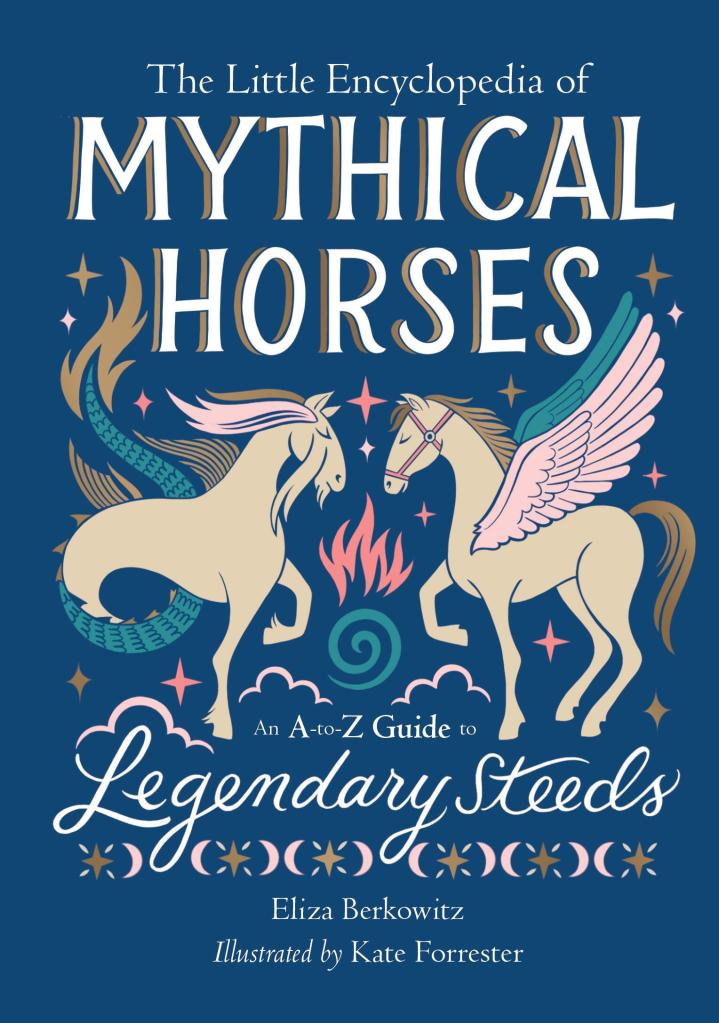
From Arthurian legend to tales of ancient China, heroic horses from around the world come together in The Little Encyclopedia of Mythical Horses: An A-to-Z Guide to Legendary Steeds by Eliza Berkowitz, illustrated by Kate Forrester. Let’s take a look at Embarr of Ireland, Hrimfaxi of Norse legend, Inkanyamba of South Africa, and Tikbalang of the Philippines with their entries.

Embarr
Niamh, goddes of beauty and brightness in Irish mythology, had a special horse, Embarr (sometimes called Enbarr), who could walk on land and water. Together, the fair maiden and her trusty horse embarked on a quest to find a husband for Niamh. They traveled a great distance, eventually arriving in County Kerry, where they approached a group of men. Setting her sights on Oisín, a celebrated war hero and poet, Niamh explained that she was looking for a husband. Charmed by her beauty and gentle nature, Oisín was all too happy to oblige, and with his father’s reluctant blessing, they set off together for the Land of the Young. Riding on Embarr, they traveled straight into the sea, riding atop the water past many strange lands.
In the Land of the Young, Niamh and Oisín shared a beautiful life. The couple married, had a daughter, and lived happily in the eternal springlike climate. But after three years, Oisín started to feel homesick and asked to go back to County Kerry to see family and familiar places. Niamh explained that he could never again set foot on mortal soil, but said that if he could remain on Embarr’s back, the horse could take him to his homeland.
Time passed differently in the Land of the Young. In the three years Oisín spent there, three hundred years had passed in the mortal world. Everything and everyone he knew were long gone. He stopped to help a group of men who were struggling with a boulder, and as he leaned over, the strap holding him to the horse broke and Oisín tumbled to the ground. In an instant, time caught up with him and Oisín aged hundreds of years. Embarr ran off, frightened by the commotion, and in a short time Oisín died, never having the chance to see his beloved Niamh again.
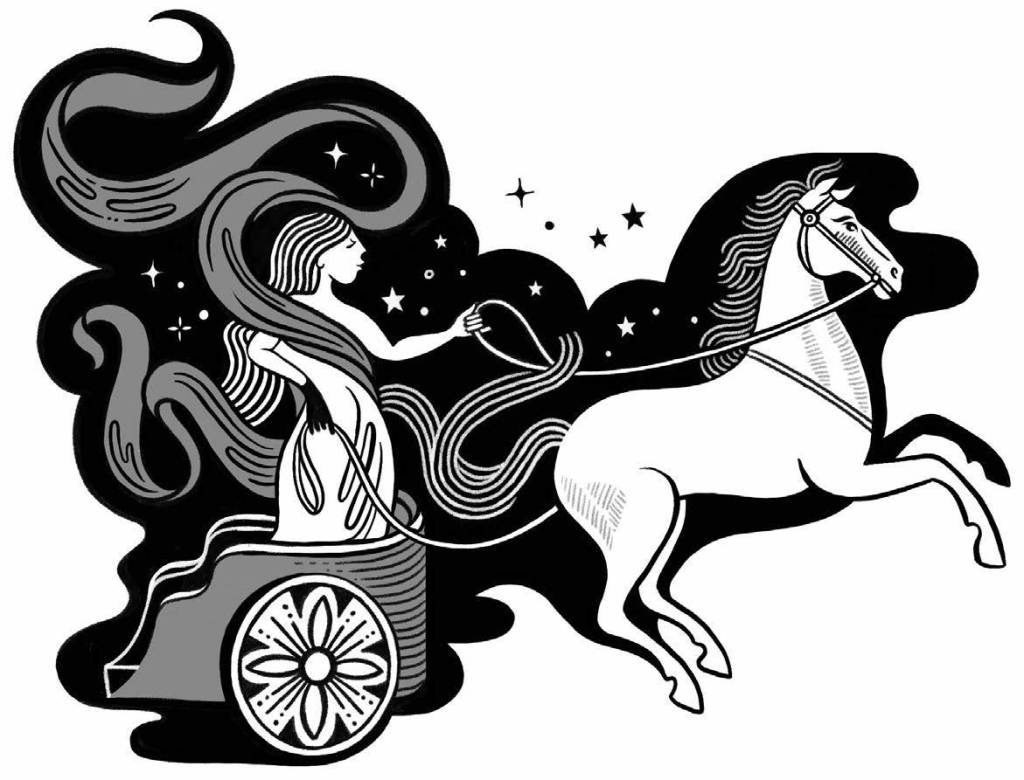
Hrimfaxi
The Norse goddess Nott was known for pulling her chariot through the sky each evening. She was the goddess of night, with dark skin, raven hair, and a black horse to match her shadowy nighttime surroundings. Hrimfaxi was Nott’s main horse. As he crossed the evening sky, he would froth at his bit, sending drops of moisture down to earth to coat the land in what would become the morning dew. According to some sources, Nott’s horse also helped to pull the sun across the sky in the daytime.
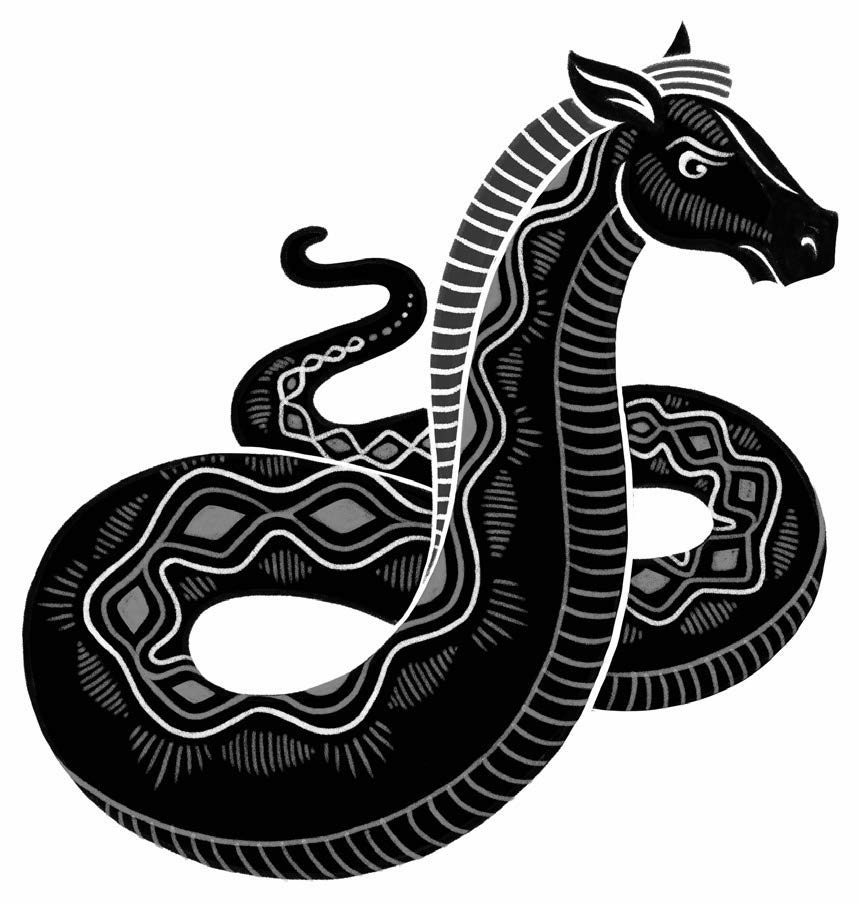
Inkanyamba
A legendary creature in South African folklore, Inkanyamba is a sinister serpentine creature with the body of a giant eel and the head of a horse. The beast’s details vary, but it is generally agreed upon that Inkanyamba is a huge and dangerous river monster who lives at the bottoms of waterfalls. Some say it is invisible, while others say it has horns and/or wings. Sometimes described as having seven heads, it has been known to shape-shift into a tornado when looking for a mate.
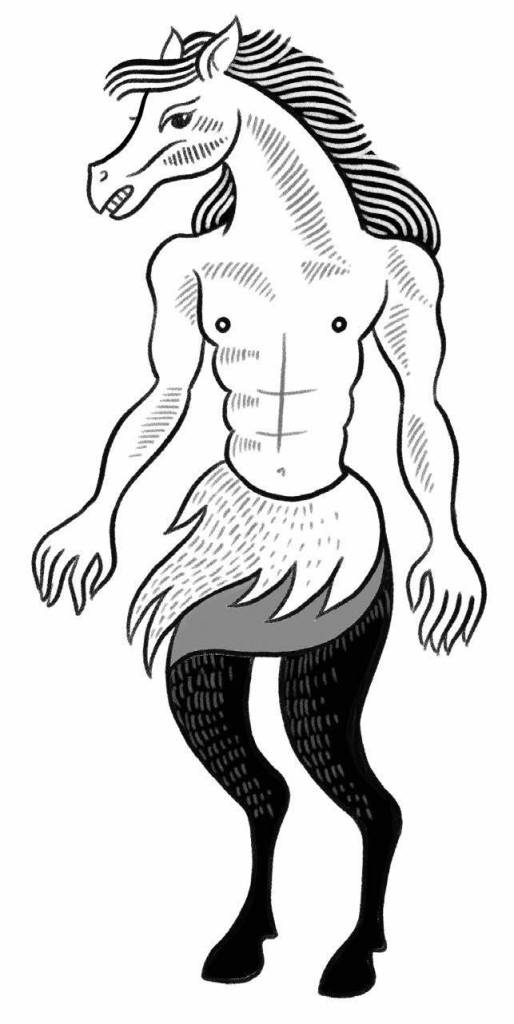
Tikbalang
A tikbalang is a demon from Philippine folklore that was said to have long, stretched human limbs and the head of a horse. Usually described as being covered in black fur, a white tikbalang is rare but thought to be especially magical. Tikbalangs can take on any shape and form, including that of a human. They reportedly live in the mountains, where they lead travelers astray for fun.
Stories of tikbalangs are often told to children as a warning to not venture too far from home at night. It is said that they wait in tall trees for a traveler to come by and then impersonate someone the traveler knows. One way to know if someone is actually a tikbalang in disguise is to notice if he or she smells like smoke. Tikbalangs are known to be big smokers, and the smell will linger even if they change form. One of the more brutal things they are known to do is capture women, keep them in bamboo cages, and eventually murder them. It was said that when it rains while the sun is shining, that means a tikbalang is getting married.
Dive Deeper
These entertaining yet authoritative encyclopedias are on sale now. Sign up for the RP Mystic newsletter and follow us on Instagram at @rpmystic to be the first to find out when the next two volumes of The Little Encyclopedias of Mythological Creatures become available.





